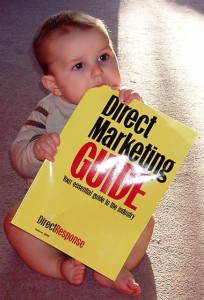One of the most attractive characteristics of Google Chrome when it launched in 2009 was its speed. Everyone I knew had already added enough plugins to Firefox to choke the browser as it tried to load. Even worse, Firefox add-ons, which the industry now calls plugins or apps, were an integral part of the browser’s loading time. A misbehaving program was enough to crash your browser, potentially losing work and certainly losing time. By comparison, Google Chrome seemed mysteriously sleek, like a racehorse running on an empty track early in the morning. Even better was the way Chrome handled crashes for its extensions, allowing one part of the program to crash while keeping the browser intact.
I vowed to never add so much baggage to Chrome to cause the program to lag. And I’ve been fairly faithful, pruning unused extensions whenever they’re unused. That cyber-take on the “stop sending the report and see who complains” has kept Chrome running fast. The time to launch Chrome on my system, the only one I care about, is about 3 seconds. Firefox typically runs 5-6 seconds unless it’s updating an add-on, and Microsoft’s Internet Explorer was apparently tested for speed using a sundial. That’s one takeaway for you as a small business leader: it’s nice to know how software and machines perform in magazine testing, but you should ultimately care about how they perform in your office.
Since then, Big Thinking has published a list of must-have Google Chrome Extensions with a short explanation of each. The list was divided last year into extensions for everyone and extensions for marketers, and that’s still a method that works well for me and readers who have commented. Since the first list in December 2009, only StumbleUpon has been on the list each time, but the venerable page recommendation engine is on my endangered list because I know I’m not using the tool very often any longer. Whether the lack of use is due to lack of time or burnout after years is irrelevant because it will be uninstalled if still aboard Chrome when it’s time for this summer’s list.

